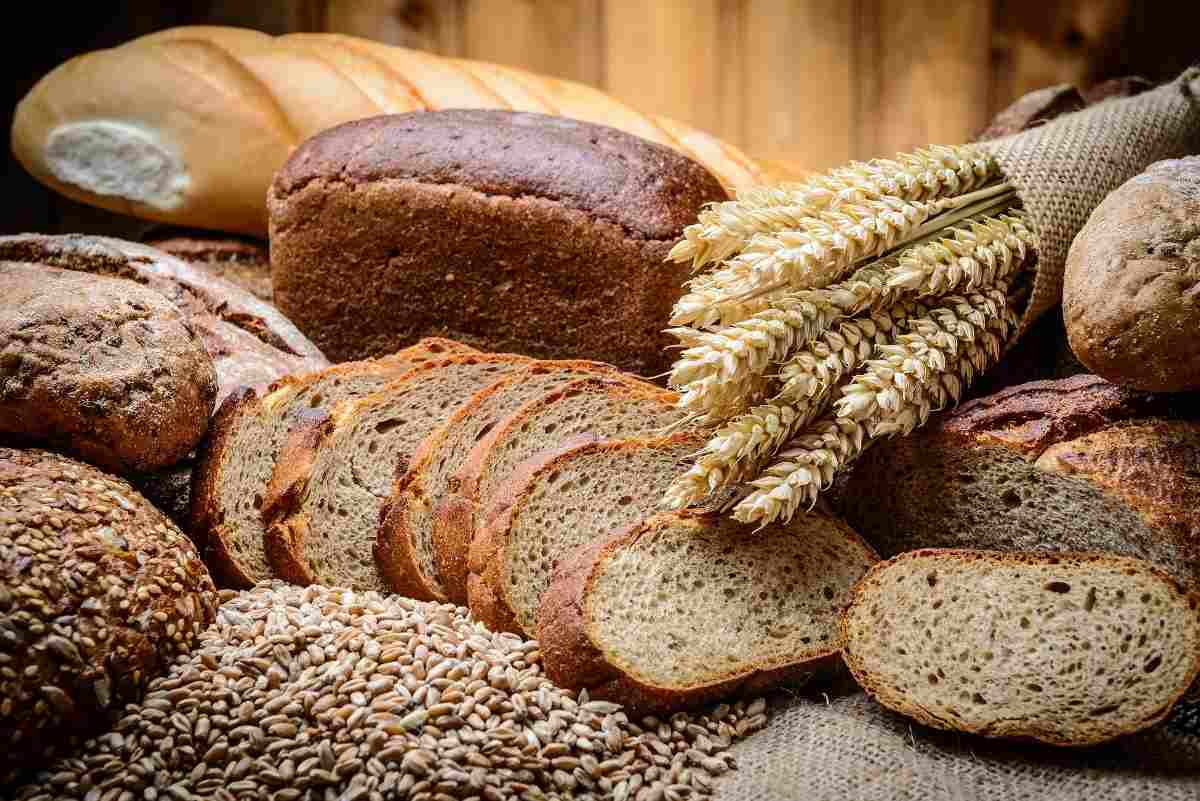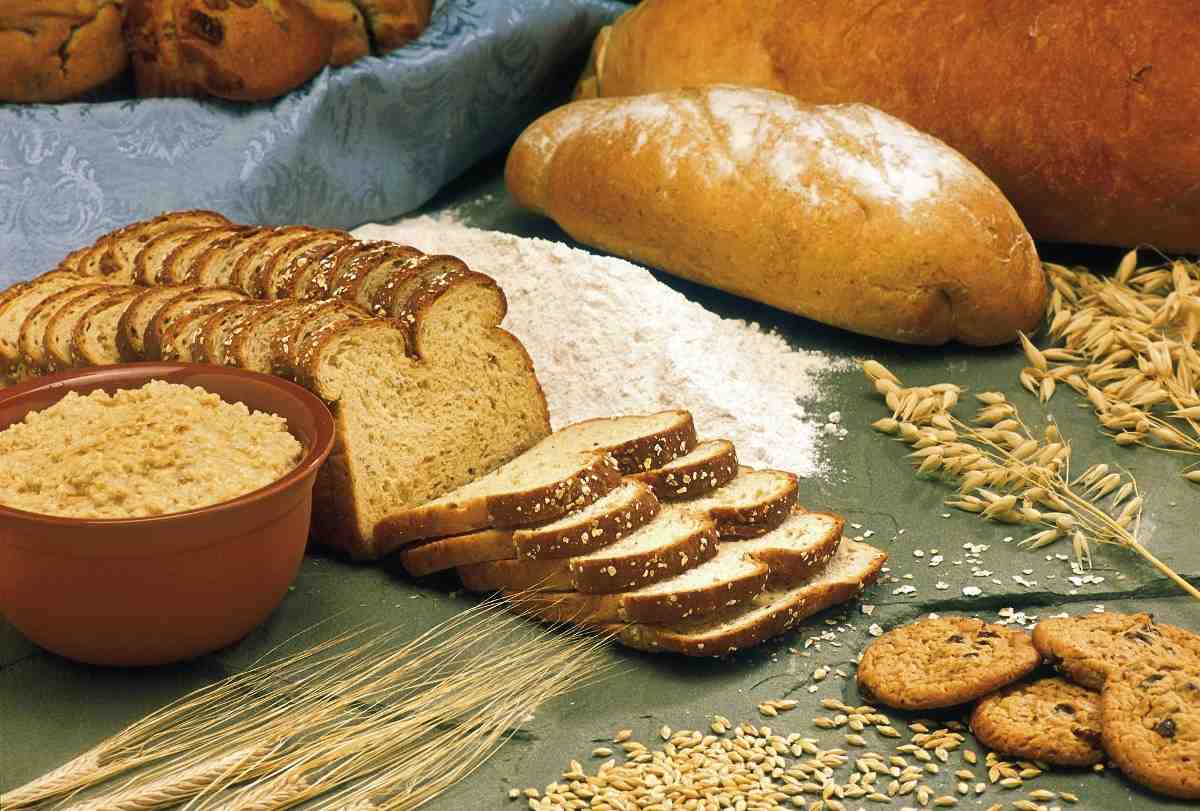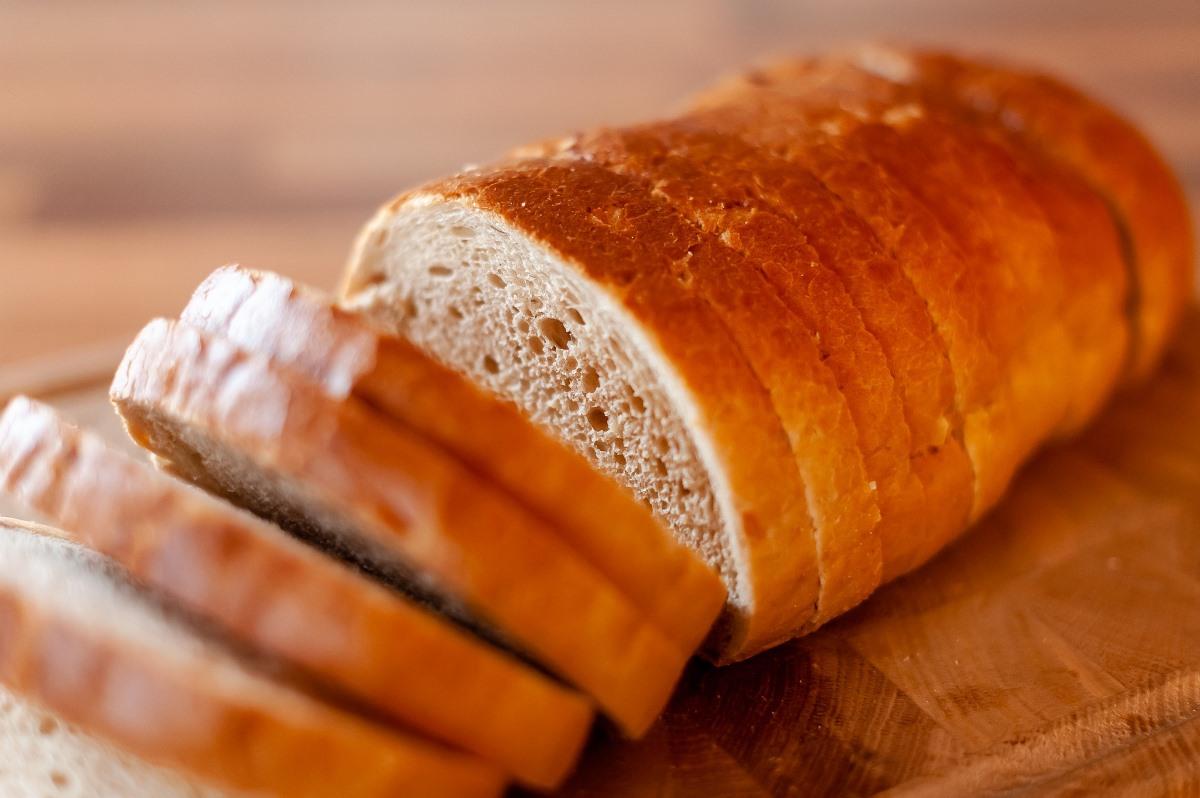Bread Manufacturing Project Report, Business Plan
Introduction
Hello friends, today we are here with a new topic of “Bread Manufacturing Project Report and Bread Making Business Plan” in India. Bread is an affordable and convenient food which is in huge demand for years. The Bread making business is especially concentrated in bakeries that are well-versed in making and selling pieces of bread. If an individual is willing to start a business with less investment, then the bread manufacturing business is a perfect opportunity and, in this post, detailed information and steps have been included for this business. It is a small-scale project and does not require a huge licensing process.
A step-by-step guide to Bread Manufacturing Project Report and Business Plan in India

Market potential of Bread Making Business
In the modern era, bread is in gaining demand and becoming essential food in the human diet as it is a readymade food product and has a higher nutritive value. It is considered to be the top among the most edible wheat-based item.
In various provinces of India, the per capita intake of bread ranges between 1.5kg – 1.75kg. Around 1800 small-scale bread manufacturers have been there in our nation, apart from that about 2 large scale and 25 medium scale manufacturers are producing which continue production based on their production volume. Basic raw materials needed in bread manufacturing are wheat flour, sugar, yeast, salt, water, and shortening agent. Apart from raw materials, machinery and technology are also equally important to start a manufacturing business in a country like India.
Area required to start Bread Making Business
To select a proper location to start a bread manufacturing business in India, it is vital to think of a location with good connectivity concerning resources and the market. The business can be started either from home or on a large scale you might need a commercial kitchen required. When you desire to start on a large-scale basis then it’s necessary to get a certificate of occupancy (CO).
This law will take care and affirm that your location is having all building permission, abide by zoning laws and government regulations. If you plan to operate a business using a rental location then it’s the landlord who has to get that certificate. Hence, before you commit on land for rent or as a lease, confirm that you gain a certificate from the landowner. Besides, if you have your land and plan the production unit there, you have to approach for a certificate from the local authority.
License, registrations, and permissions required to start a Bread Manufacturing Business in India
For any business irrespective of its size, it’s essential to get registration. You should begin the company, based on its category as a proprietorship when it is in a small-scale pattern. However, there are a few other permissions and license requirements before performing the business operations in form of a business organization.
- FSSAI license
- GST Registration
- Food License
- GST Registration
- Police Eating House license
- Fire License
- Health License
- Udyam registration for MSME
- Local Municipal Corporation Health License
Machinery required to start a Bread Making Business
In the bread manufacturing business, all the machinery needed is made of stainless steel only that has food-grade certificate either it’s a small-scale business or you plan for commercial scale. We have added some of the necessary equipment needed during production:
- Sieve
- Spray bottle
- Dough mixers
- Dough scorers
- Dough scrapers
- Dough dividers
- Bread mold
- Proving cabinets
- Weighing scale
- Baking trays
- Retarder prover
- Oven
- Stainless steel tabletop
- Bench brush
Step-by-step procedure of Bread Making
You may also check this: How To Start A Seafood Processing Business.

Step 1: Gather the components that mean collecting all ingredients in one place and weigh as per recipe demand and ensure the ingredients are of high quality and at optimal temperature. Weigh ingredients with digital weighing balance for exact quantity and perform sifting of the flour to avoid impurities.
Step 2: Mixing of the Ingredients includes collecting and mixing properly to prepare the dough. There are several ways in which bread is mixed or kneaded such as the straight dough method, the fermentor sponge method, and the Salt delayed method. With either of the methods stated here proper dough is made.
Step 3: In the step, called Proving the dough rises to double in its size. The yeast in the dough breaks dough into alcohol and carbon dioxide. Released gases help ferment and distribute consistently. The optimal temperature required for proving is 32°C. Proving is done in a stepwise manner. The first one is performed after kneading called first proving; the second one is performed after “knockback” called intermediate proving and the last proving is done after shaping of the bread known as final proving.
Step 4: KnockBack is the punching of the dough to eliminate any air bubbles developed during intermediate proving and it will help to evenly distribute all ingredients properly in the dough. The knock-back step is also performed to equalize the temperature in the dough.
Step 5: Dividing and scaling
In this step, the dough is divided into pieces of the necessary weight. The scaling of the bread is based upon the size of the mold where the bread is going to be baked.
Step 6: Shaping/ Panning which infers the dough is scaled and then shaped. Firstly, the dough is left to stand for some time which allows it for shaping without pressure. This is referred to as panning which means to shape the bread and keep it in the pan.
Step 7: Final Proving is performed using equipment called a proving cabinet or proving chamber. These chambers-maintained temperature 30°C maintained and a 90% moisture level which is optimal for yeast fermentation.
Step 8: Scoring is the process wherein marks are provided on top of the dough with a sharp blade or knife that aids to expand the bread during baking and prevents it from cracking.
Step 9: Baking means the bread is now sent for final baking performed in three steps using the oven and during this step dough passes through various temperatures to get the final product.
Step 10: Cooling of the baked bread where the bread is properly demolded and cooled rapidly before cutting and then final slicing is done at 35°C or moderate temperature.
Bread Manufacturing Project Report/Economics of Bread Making Business
In case if you miss this: How To Start A Coffee Roasting Business.

Project Cost:
Land and Building: Rs. 7,75,000
Machinery and Equipment: Rs. 3,74,000
Pre-operative Expenses: Rs. 35,000
Total: Rs. 11,84,000
Total Working Capital Rs. 6,55,425 (for three months)
Total Capital Investment: Rs. 18,39,425.
Financial Analysis
Total recurring cost per year: Rs. 26,21,700
Depreciation on building @ 5%: Rs. 33,750
Depreciation on M/C @ 10%: Rs. 35,200
Depreciation on office equipment @ 20%: Rs. 4,400
Interest on total capital investment @ 14%: Rs. 2,57,520
Total: Rs. 29,52,570.
Turn Over per year
Fresh bread in 200 gms (7.5 Lakh Packets): Rs. 39,37,500.
Net Profit (per year)
= Sales – Cost of production
= Rs. 39,37,500 – Rs. 29,52,570
= Rs. 9,84,930.
Rate of Return
ROR= Net profit per year × 100 / Total investment = Rs. 9,84,930 × 100/Rs. 18,39,425 = 53.5%.
Break Even Point
B.E.P. = FC × 100/ FC + P = Rs. 6,05,550 × 100/6,05,550 + 9,84,930 = 38.07%.
Marketing strategies to promote your bread business
Market and branding are the highly significant aspects for any business to come into the limelight, and a bread manufacturing business could not be an exception. Get an attractive and creative logo and display banner from an expert designer which helps to create your novel logo and establish it in the customer’s mind. For marketing your business, prepare some flyers and distribute them. Apart from brochures, also design for attractive display boards to gain the attention of customers. Apart from this, you can promote through conventional sources like Television ads as well.
- Handicraft Making at Home: A Small Profitable Business Idea
- Pet-Tech Startups: Innovations for Animal Lovers
- Tech Repair Services: Meeting the Demand for Gadget Maintenance
- Maximizing Rewards: Smart Credit Card Habits for Cashback and Points
- Ultimate Guide to Making Money from Goat Milk Business
- How to Start an Agricultural Value Added Product Business
- Value-Added Business Ideas for Greenhouse: The Best Ways to Make Profits with Greenhouse Farming
- How to Make Profits with Organic Country Chicken: Best Strategies for Beginners
- 10 Value-added Business Ideas for Millets: Low-investment and Highly Profitable
- Why Cleaning Service Business Becoming More Profitable in Metro Cities in India
- 10 Best Businesses to Start in Ayodhya for Profits
- Top Drone Business Ideas in India: Unlocking Aerial Innovation & Opportunities
- Top 10 Service Businesses You Can Start with No Money
- Ultimate Guide to Starting a Home-Based Advertising Agency Business
- Starting a Nail Salon Near Your Location: Check List, Business Plan, Licensing, and Opening Instructions
- Construction Company Name Ideas: Guide to Create New Construction Company Names
- 8 Best Small Businesses to Start in Hyderabad: Low-Cost and Profitable
- 10 Best Small Businesses to Start in Massachusetts: Low-Cost and Profitable
- 10 Best Small Businesses to Start in Maryland: Low-Investment and Profitable
- 10 Best Small Businesses to Start in Delaware: Low-Investment and Profitable
- 10 Best Small Businesses to Start in Connecticut: Low-Investment and Profitable